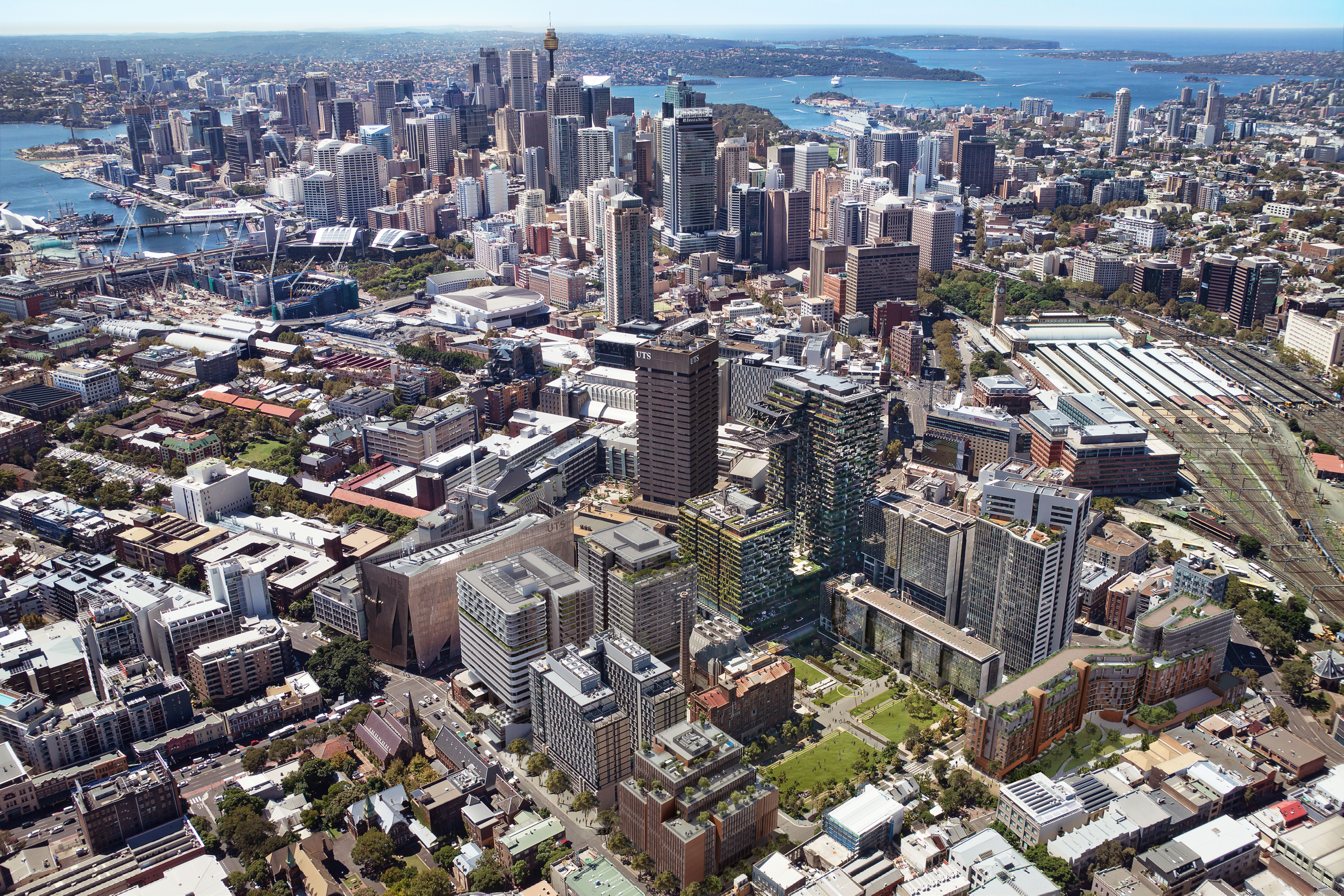Every project, client and place is unique. This inspires us to develop particular design propositions that meet or exceed client expectations and offer wider than anticipated community benefits.
We eschew preconceived ideas. Instead, we commence our work by adopting what we describe as a ‘first principles’ approach to problem solving. First, we learn by experiencing and connecting with Country to reveal and understand the distinctive attributes of each place from these perspectives. In parallel, we undertake relevant research and analysis to integrate cutting edge design practice with Country to ensure the brief and broader implications of design propositions are comprehensively addressed.
This solid foundation of knowledge enables development assumptions to be objectively assessed with the intent to unlock more appropriate and enduring design propositions in the interest of our clients and the wider community.
We consistently deliver innovative designs that are aligned with contemporary thinking about the future of the world and the habitat of all living beings.











